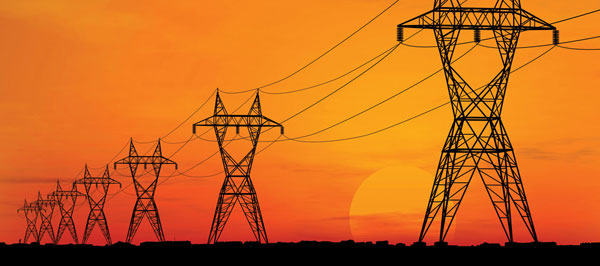Have you missed out on some of the latest renewable portfolio standard (RPS) updates? Don’t worry – we’ve got some of the major markets covered for you, and in one place.
D.C. – Councilmember Mary Cheh put forth a 50% by 2032 RPS bill, which included a 5% solar carve-out. Without a legislative change, the solar alternate compliance payment (SACP), which acts as a price ceiling for solar renewable energy credits (SRECs), is scheduled to dip from $500 to $350 next year, putting downward pressure on pricing. The bill proposes to keep the SACP at $500 through 2023. Spot market pricing for D.C. SRECs is currently close to the SACP.
Maryland – If not vetoed by Governor Hogan, new legislation passed by the General Assembly pushes the renewables requirement from 20% by 2022 to 25% by 2020, and increases the solar carve-out from 2% to 2.5% by 2020. This may help support SREC pricing, which has fallen precipitously since the beginning of the year due to oversupply (we have seen multi-year investment-grade bids as low as $25/SREC).
New Jersey – An 80% by 2050 RPS passed the Senate. If you’re wondering where this market currently stands, we’re offering $200/SREC for 5-year contracts.
New York – The Clean Energy Standard will require 50% renewable energy by 2030 and will also create a REC market. It is a Clean Energy Standard and not an RPS because as proposed, the Tier 3 market would incentivize struggling nuclear plans with zero emission credits (ZECs).
Ohio – Representative Strahorn introduced legislation at the end of February to thaw the Buckeye State’s frozen renewable portfolio standard. If legislative action does not move through, the RPS will unfreeze itself at the end of this year. Legislation from 2014 froze the RPS for two years, pushing SREC pricing down not only in Ohio, but also Pennsylvania and surrounding markets.
A thaw would help get these markets moving again, supporting liquidity and pricing. Oregon – A 50% RPS by 2040 went through and was accompanied by a very moderate $.005/kWh incentive program.















Comments